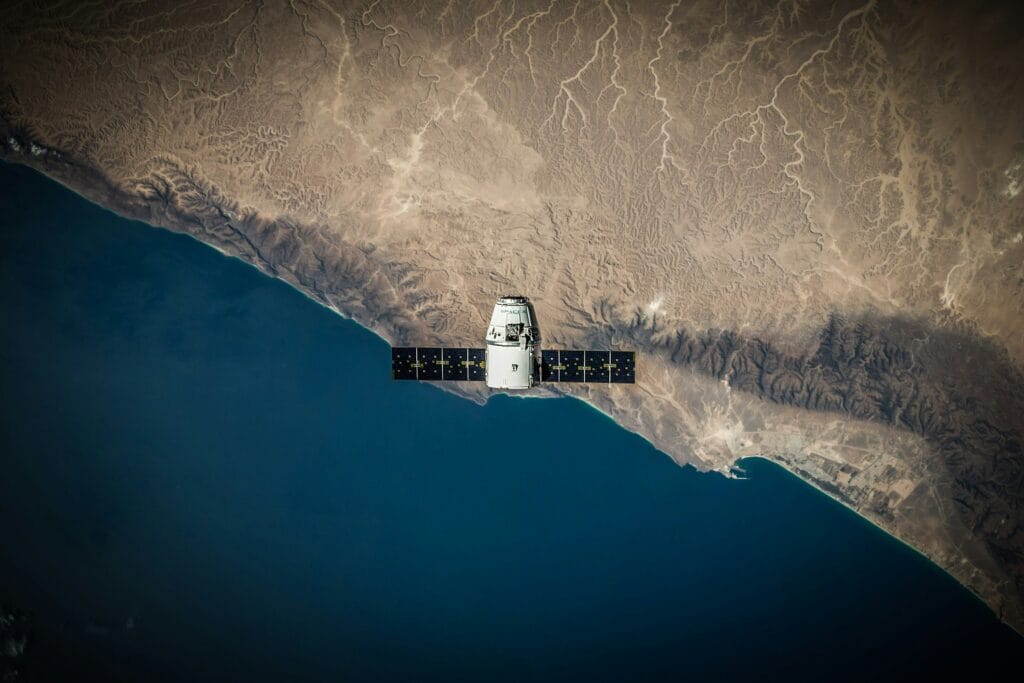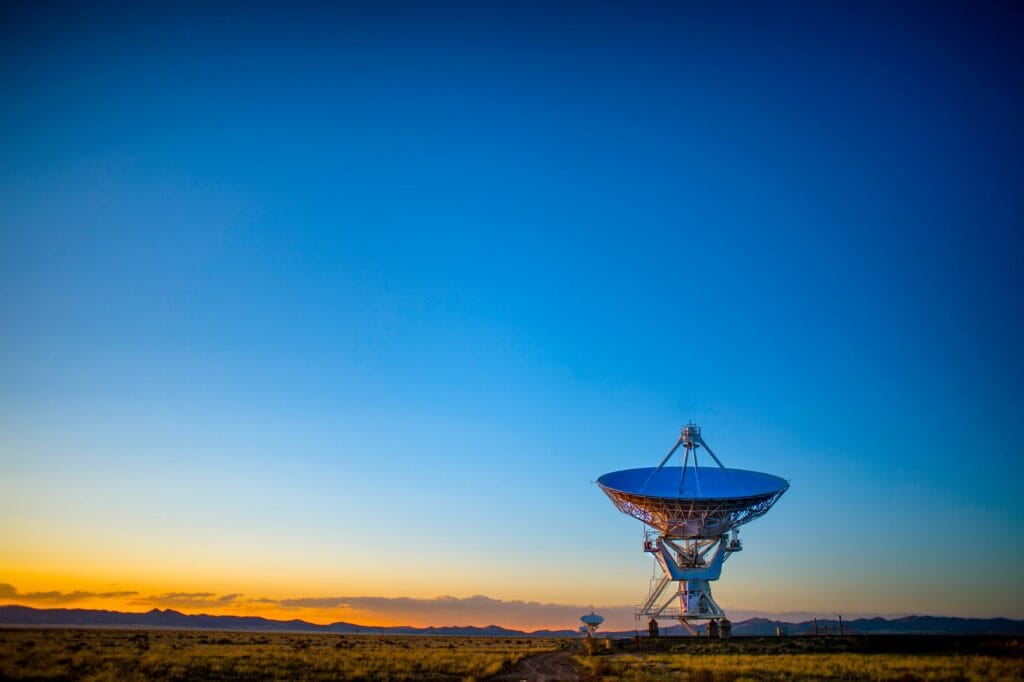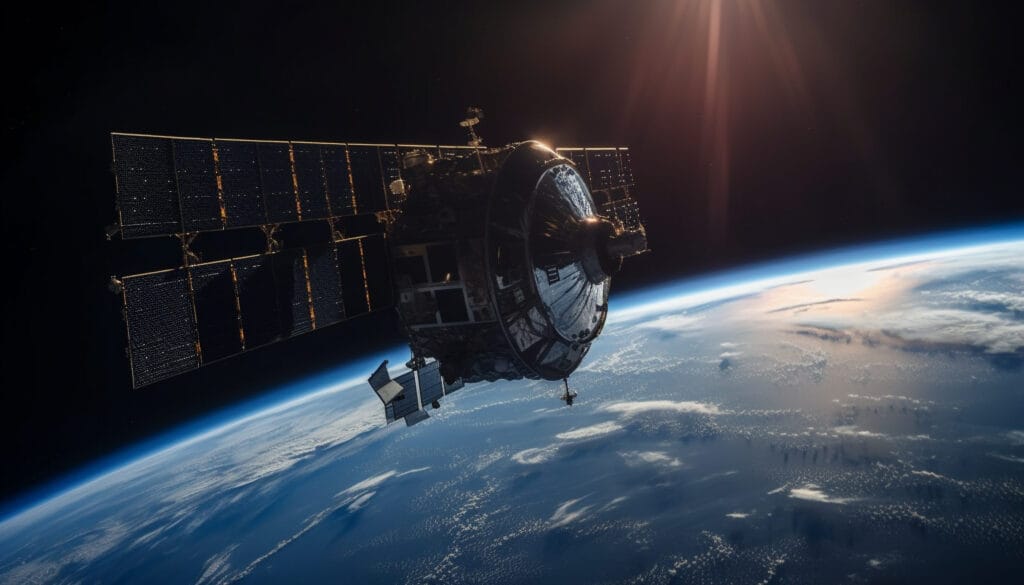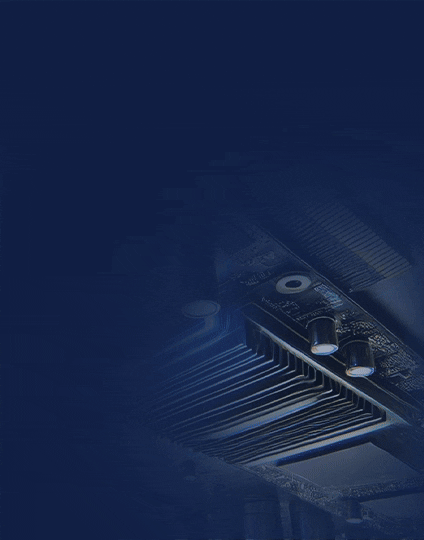In today’s connected world, satellite communication (Satcom) systems play a vital role in enabling global connectivity, supporting defense operations, navigation, broadcasting, and remote sensing.
As these systems demand high performance, low latency, and adaptability, Field Programmable Gate Arrays have emerged as a preferred choice for implementing and optimizing Satcom architectures.
This blog explores how FPGAs are transforming satellite communication systems, their advantages, applications, and future trends shaping this domain.

Understanding Satellite Communication Systems
Satellite communication systems consist of three primary segments- space, ground, and user. The space segment includes the satellites in orbit, while the ground segment handles control, data reception, and processing. The user segment involves terminals or devices that communicate through these satellites.
Modern Satcom networks require high-speed data transmission, signal integrity, and real-time processing, especially with the growing adoption of high-throughput satellites (HTS), LEO constellations, and digital beamforming technologies.
Achieving this level of efficiency demands reconfigurable, parallel-processing hardware- an area where FPGAs excel.

Why FPGAs for Satellite Communication?
They offer several benefits that make them ideal for space and ground-based communication systems:
Reconfigurability: The ability to update or reprogram them even after deployment enables adaptability for evolving communication protocols or mission requirements.
Parallel Processing: They handle multiple signal processing operations simultaneously, providing faster throughput and lower latency than traditional processors.
Radiation Tolerance: These are designed to withstand radiation and extreme temperature variations, ensuring reliable operation in harsh environments.
Low Power Consumption: Compared to GPUs or ASICs, these can be optimized for power efficiency, a critical factor for satellite payloads.
Hardware Acceleration: They can accelerate functions such as modulation, demodulation, encoding, decoding, and error correction in real time.

Applications of FPGAs in Satellite Communication Systems
Signal Processing and Modulation: These are heavily used for digital signal processing tasks such as filtering, channelization, and waveform generation. They efficiently implement modulation schemes like QPSK, 8PSK, and QAM for uplink and downlink communication, enabling high data rates and spectral efficiency.
Channel Coding and Error Correction: Reliable data transmission in space requires robust error correction. These enable real-time implementation of forward error correction (FEC) codes such as Turbo, LDPC, and Reed-Solomon, ensuring data integrity over long distances.
Beamforming and MIMO Processing: In modern Satcom systems, digital beamforming and Multiple Input Multiple Output (MIMO) techniques are essential for enhancing signal strength and capacity. FPGA-based architectures handle the massive parallel computations required for beamforming efficiently.
Onboard Data Handling and Compression: Satellites generate enormous amounts of data from sensors and imaging payloads. They can perform real-time data compression, encryption, and packetization onboard before downlinking, optimizing bandwidth usage.
Ground Station Modems and Gateways: They form the core of high-speed modems and gateways used in ground stations. They manage multiple channels, adapt to different communication standards, and support flexible waveform processing.
Software-Defined Radio (SDR) for Satcom: With them, Satcom systems can adopt a software-defined architecture, allowing waveform reconfiguration, protocol adaptation, and in-field updates, reducing hardware dependency and mission costs.

FPGA-Based Design Advantages in Satcom Systems
Scalability: They can support small-scale LEO payloads to large GEO transponders.
Upgradability: Post-launch reconfiguration enables future-proof designs.
Reduced Latency: Hardware-level processing minimizes delays compared to software-only systems.
Reliability: Proven long-term operation in harsh space environments.
Cost Efficiency: Accelerates design cycles and lowers total system costs compared to full ASIC development.

Challenges in FPGA Implementation for Satcom
While they offer immense potential, designing for satellite environments involves unique challenges:
Radiation Effects: Single Event Upsets (SEUs) and total ionizing dose (TID) can affect their performance. Radiation-hardened FPGAs or mitigation techniques like triple modular redundancy (TMR) are often used.
Power Constraints: Designers must balance computational capability with limited onboard power.
Thermal Management: Ensuring optimal FPGA performance in varying space temperatures is crucial.
Verification Complexity: Space-grade FPGA design requires rigorous simulation, testing, and validation before deployment.

Future Trends: FPGAs in Next-Generation Satcom
The future of satellite communication is shifting toward intelligent, flexible, and autonomous systems, and FPGAs are enabling this evolution. Key trends include:
AI-Enabled Satellites: Integration of FPGA-based AI accelerators for onboard data analytics and decision-making.
Optical and Laser Communications: FPGAs are driving real-time control and processing in high-speed optical links.
Integration with COTS Components: Combining commercial FPGAs with specialized ASICs for cost-effective hybrid solutions.
Advanced Space Networks: Support for inter-satellite links, 6G, and mega-constellation management using FPGA-based reconfigurable hardware.

Conclusion
FPGAs have become the backbone of modern satellite communication systems, offering the flexibility, performance, and resilience needed to handle the growing demands of global connectivity.
From signal processing to intelligent data handling and real-time beamforming, FPGAs empower Satcom engineers to create adaptable, efficient, and future-ready communication architectures.
As the satellite industry continues to evolve toward smarter and more dynamic networks, FPGA technology will remain at the forefront—bridging innovation between space and Earth.


![What is FPGA Introduction to FPGA Basics [2023] computer-chip-dark-background-with-word-intel-it](https://fpgainsights.com/wp-content/uploads/2023/06/computer-chip-dark-background-with-word-intel-it-300x171.jpg)









